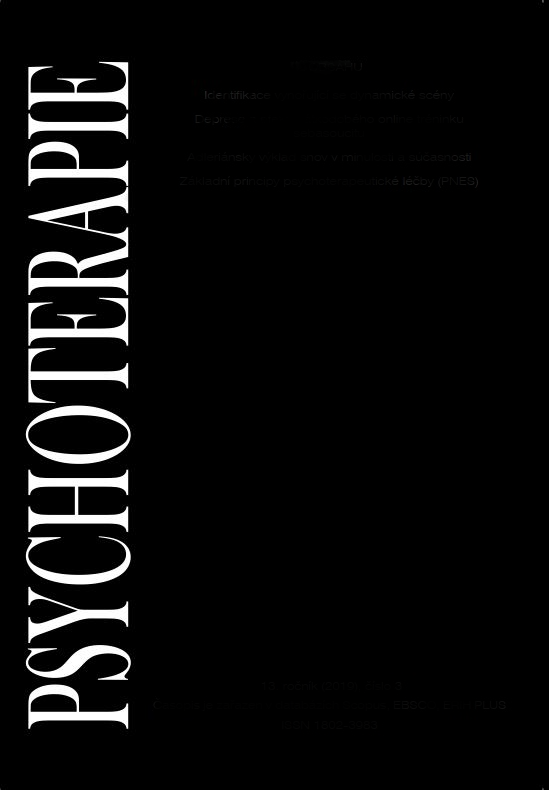
Přěbìh sebeuskutečňování nevědomí
The review of: Jaffé Aniela: Vzpomínky, sny, myšlenky C. G. Junga. Praha: Portál, 2015
More...We kindly inform you that, as long as the subject affiliation of our 300.000+ articles is in progress, you might get unsufficient or no results on your third level or second level search. In this case, please broaden your search criteria.

The review of: Jaffé Aniela: Vzpomínky, sny, myšlenky C. G. Junga. Praha: Portál, 2015
More...
In the body-psychotherapy we enter the psychotherapeutic process on three levels: bodily, emotional and verbal. Apart from observing the verbal and emotional content of the client the therapist also uses skills of somatic resonance, body-reading and mindfulness to bodily feelings and emotions on himself and the client. He works with the reflection of transference and countertransference. He uses embodied knowledge of interventions aimed to release and also at ground the bodily affective energy. An important part of the process also takes up the verbal work (esp. exploration of the past, formulation of the deficient needs, integration of experience). The body-work is proposed as an offer of tentative experiments. The client learns to be mindful to himself and his reactions in the process. The body-work usually brings deepening of experience, newly felt relationship to one’s own body and its inclusion into the self. The personality shift is also reflected in the change of sensing and holding the body. In the process we try to avoid several difficult moments, e.g. emotional flooding, danger of retraumatisation. One casuistic example and its analysis is presented at the end.
More...
The review of: Fromm, Erich: Umìní milovat. Praha: Portál, 2015
More...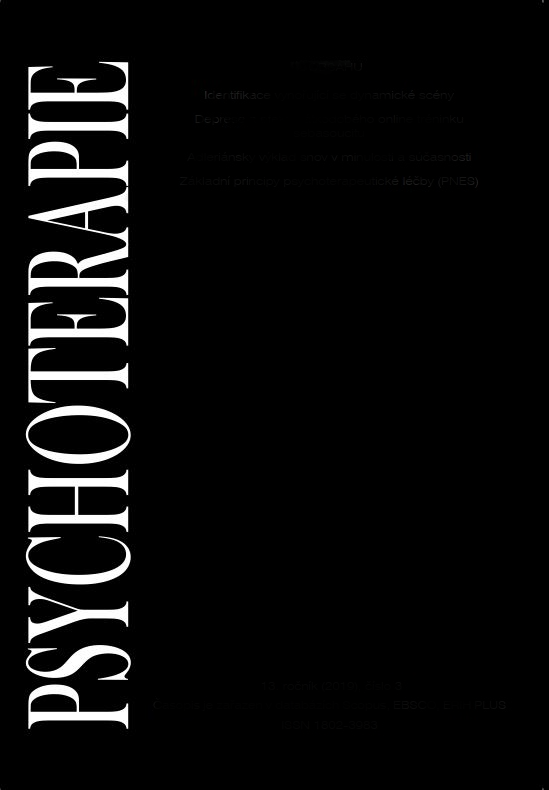
Working with the body in psychotherapy has roots coming up from W. Reich. Today a great variability among different schools and approaches is typical for it. The Integrative body-psychotherapy is presented in its theoretical base. Its origin is quite recent. The main pillars are A. Lowen’s bioenergetics; S. Johnson´s synthesis of character analysis, psychoanalytical object relations theory and body approaches, R. Kurtz’s mindfulness based approach, and also influences from D. Boadella’s biosynthesis and S. Keleman’s formative psychology. Shortly described is the concept of personality of Lowen, the concept of energy in the body, releasing it through impulses from the self and impacts of holding it in the form of blocks in the body. It is explained the concept of character structure and the development of it in general and concrete way. Finally it is introduced the use of mindfulness in the way of improvised experiments and so called probes.
More...
American psychoanalyst Daniel Stern and the other members of the Boston Change Process Study Group are in its work interested in hardly conceptualizable components of psychotherapy, such as authentic moments of meetings between psychotherapist and client. They use researches on mother-infant relationship and attempt to explicitly describe the relationship dynamics leading to authentic moments of meeting between psychotherapist and client. At the same time, they try to connect these pieces of knowledge with dynamic systems theory, cognitive psychology, neuroscience, philosophy of mind, and related disciplines. In this paper I introduce some basic psychotherapeutic concepts and ideas used by these theorists, such as moving together, moments here and now, moments of meeting, open space, implicit relational knowledge and last but not least intersubjectivity which is very popular term in contemporary psychoanalysis.
More...
From psychogenetic (neurotic or reactive) point of view depression is defined as a pathologic reaction of loss. Why pathologic? Depressive patient does not accept the separation and therefore repress the aggression as well as the sadness. More often, he deals with the threat of loss, to be abandoned or rejected, or the loss of harmony threats. Such patients identify themselves with expectations of others and sacrifice their autonomy. They become dependent. In the last time we meet another psychodynamics of depression in people, who are dependent on the work performance and fail, or who are losing their identity. The author proposes an integrative psychodynamic and psychobiological concept of psychotherapy and pharmacotherapy of depression.
More...
Vědecká knihovna v Liberci byla od 16. do 18. října dějištěm 15. psychosomatické konference, která nesla název „Identita psychosomatické medicíny“. Více než dvacet odborných přednášek bylo v závěru konference doplněno diskusními skupinami a představením nově ustanovené Společnosti psychosomatické medicíny České lékařské společnosti JEP. [...]
More...
The review of: John Read, Jacqui Dillon (Eds.) Models of Madness; Psychological, Social and Biological Approaches to Psychosis, 2nd Edition.
More...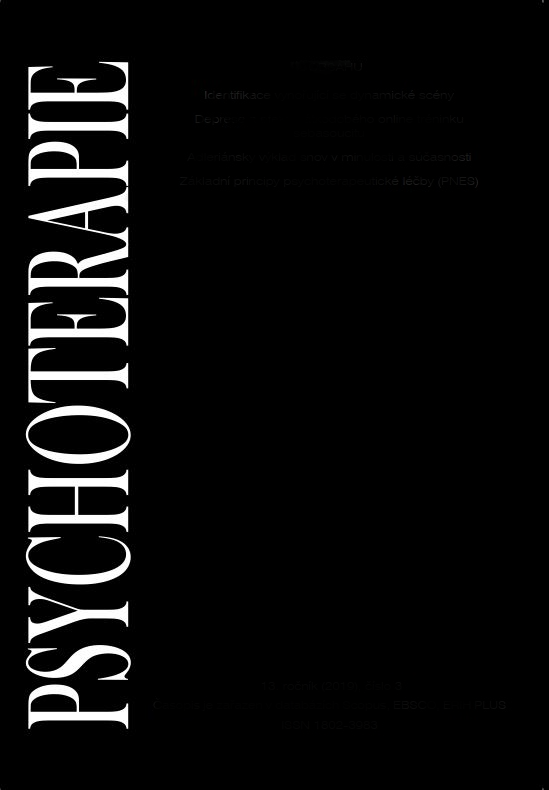
Dovolím si učinit několik kritických poznámek k informativnímu článku prof. Plhákové – na základě svých zkušeností ze Spojených států, kde jsem pracovala jako psychoanalytička v osmdesátých a devadesátých letech před návratem do České Republiky. V úvodu autorka zmiňuje pokles prestiže psychoanalýzy v USA v 80. letech. To bylo způsobeno nejen konkurencí nových psychoterapeutických směrů, ale také stoupající převahou biologické psychiatrie a upřednostňováním farmakoterapie, kterou prosazovaly pojišťovny v koalici s farmaceutickými firmami. [...]
More...
Vy, kteří sledujete dění ve světě české psychoterapie, jistě nebudete překvapeni vznikem nové společnosti, k jejímž cílům patří prosazovat rozvoj psychoterapie jako samostatné a na rezortech nezávislé profese, začlenění psychoterapie do právního systému České republiky a zastřešování psychoterapeutů všech škol a směrů napříč rezorty. [...]
More...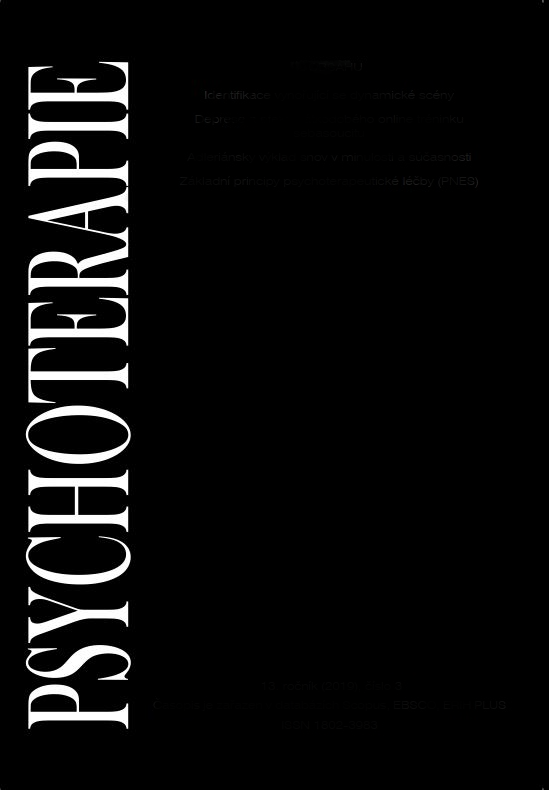
The growing interest in spirituality raises many questions concerning the work with clients. Even the definition of the concept of spirituality is a matter of discussions. Spirituality is an autonomous; specific dimension of human being (as well as the bio-psycho- -social dimensions are). The therapist does not become an expert in spirituality merely in virtue of his psychotherapeutic schooling; nevertheless he should be able to treat this point in the case of his client and also in his own life.
More...
Vážená redakce, chtěl jsem případně doplnit a zpřesnit údaje vzdělávání manželských a rodinných poradců uvedené v minulém čísle Magdalénou Dostálovou z Etické komise Asociace manželských a rodinných poradců (AMRP). Dle kvalifikačních požadavků AMRP splní první kvalifikační stupeň („čekatel“) absolvent předepsaného vysokoškolského vzdělávání připravující se na udělení dalšího stupně. [...]
More...
AMRP jako stavovská organizace sdružuje manželské a rodinné poradce a sociální pracovníky, jejichž minimální kvalifikace je dána Zákonem č. 108/2006 Sb., o sociálních službách. Mnozí z nich absolvovali dlouhodobé psychoterapeutické výcviky, akreditované ve zdravotnictví (MZ) v souladu s platnou legislativou. Zhruba 2/3 členů asociace pracují v institucích poskytujících psychologickou péči v rámci odborného sociálního poradenství, třetina vykonává svou činnost jako soukromé subjekty. [...]
More...
20.–22. 9. 2013 se v polském Krakově uskutečnila další tradiční, v pořadí již jedenáctá konference Evropské asociace pro gestalt terapii (EAGT). Konference se zúčastnilo více než 400 gestalt terapeutů z Evropy i mimoevropských zemí (z Česka dva). [...]
More...
V roku 2012 vznikla na Slovensku Spoločnosť pre logoterapiu a existenciálnu analýzu (SLEA). V náväznosti na čerstvý začiatok svojho fungovania usporiadali jej členovia dňa 26.10.2013 v Bratislave odbornú konferenciu s názvom Deň existenciálnej analýzy a logoterapie. Jej cieľom bolo predstaviť slovenskej odbornej verejnosti existenciálnu analýzu a logoterapiu ako samostatný psychoterapeutický smer naväzujúci na tradíciu V. E. Frankla a jeho žiaka, A. Längleho. [...]
More...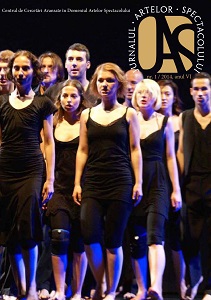
Since the very beginning, the human being, a superior creature, was endowed with the gift of reason and has developed certain tendencies to auto-improve itself. Most probably, this is how theatre was born. However, it remains a fact, that Shakespeare’s theater (about which he used to say that it “held a mirror up to nature”), has long since crossed this boundaries and became a meaning of suggestion or even maneuver. Yet, a transformation through theater seems to be possible and people have invested in this ideal ever since the ancient times, when Greeks used to open the touristy season with the Urban Dionysian celebrations, or when Romans used to control the mobs with the well-known “pane et circensis”. Why then should we stand below? Could we actually change communities, educate thoughts or even tame mentalities through theater? Of course we can, especially if we approach people in the most vulnerable area: that is the street.
More...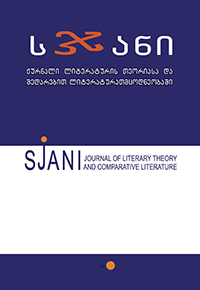
In the artistic text, the actualization of myth leads to the creation of a universal context and interesting relations between the works composed at different times and places. A new meaning is added to the already existing layers of the myth contents, hence, the myth is revived eternally in the literary area. The Symbolist conceptual model is distinguished by a revival of myth. One of the well-circulated images is Narcissus, re-interpreted from the Modernist perspective. The art circles from the Classical period took interest in this myth, which gave rise to its numerous interpretations. In the last century, due to the discovery of the unconscious, a psychological layer was added to the mythological and literary (generally, artistic) tradition of Narcissus. The complex image of Narcissus proved to be greatly inspirational and topical for Symbolist authors as well. In the Symbolist tradition, the image of Narcissus acquired a metaphysical dimension and became a means of self-reflection for artists. From the 19th c. its “moralized interpretations” gradually disappear, the ontological layer of the myth (beauty, arrogance, erotic self-constraint, punishment, moral, etc.) loses urgency and the image of Narcissus becomes related to the issue of identity, the process of self-knowledge, subjectivism (Strauss 1995).
More...
Review of: Maire Jaanus. Kirg ja kirjandus. Esseid eesti ja Euroopa kirjandusest ja psühhoanalüüsist. Koostanud ja toimetanud märt väljataga. Tallinn: Vikerkaar, 2011. 367 lk.
More...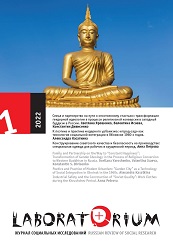
Review of: Thomas Matza. Shock Therapy: Psychology, Precarity, and Well-Being in Postsocialist Russia. Durham, NC: Duke University Press, 2018. 328 pp. ISBN 9780822370611.
More...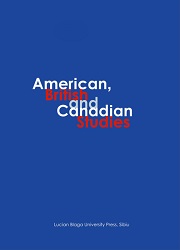
King Lear makes his daughters compete for inheritances by declaring “which of you . . . doth love us most.” His youngest refuses to let her dowry depend on displaying filial piety, instead declaring her fealty in the old, less emotional language of lineage: “I love your Majesty / According to my bond; no more nor less.” Brontë’s Heathcliff expresses the dialectic of lineage and affect in terms of affective will and testamentary wills. By asserting the former, he succeeds in revising the latter – forcing his dying son to name him his heir. Faulkner’s protagonists identify with grandparents in order to reassert older, extended lineage ties over unacceptable affective ties to parents or siblings. Or else they do just the opposite: repudiating lineages to miscegenetic or incestuous grandparents in order to form more responsible emotional bonds. Whichever generation they consciously identify with, they often end up unconsciously perpetuating the example of the generation they rejected. In family systems, role reversal often keeps things essentially the same. A homeostatic tendency resists the inevitabilities of children growing up and becoming parents, of parents growing old and reliving some of their former feelings of dependency as children, only now vis-à-vis their own children.
More...